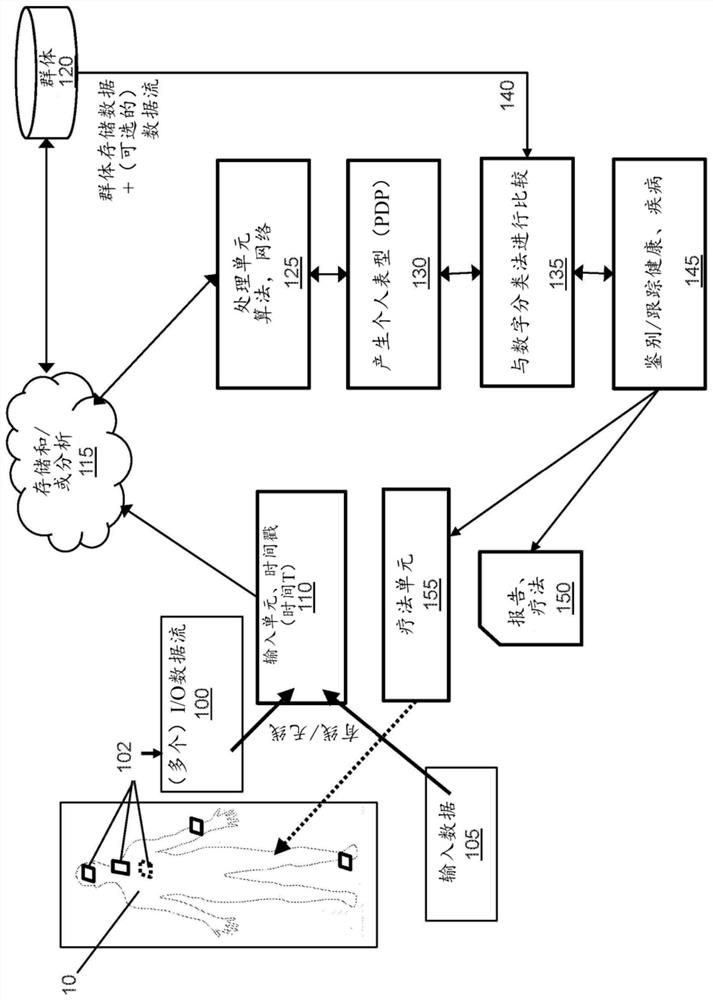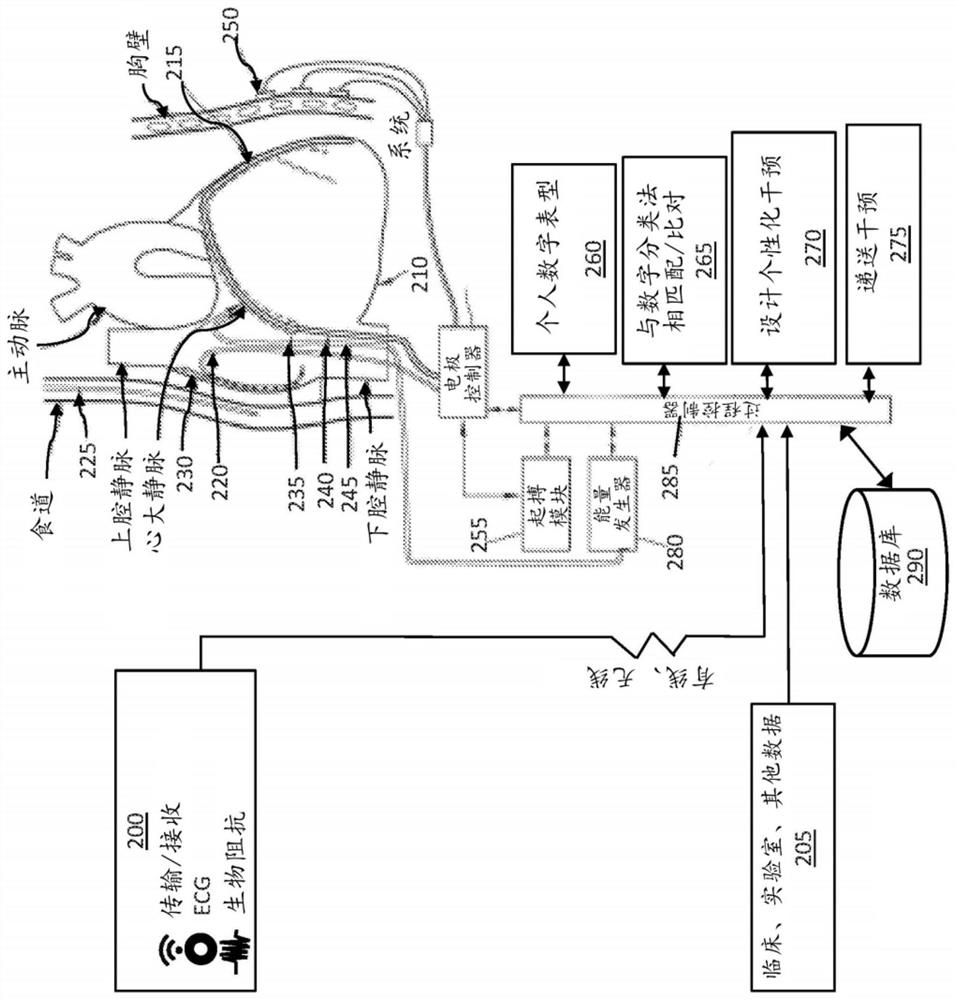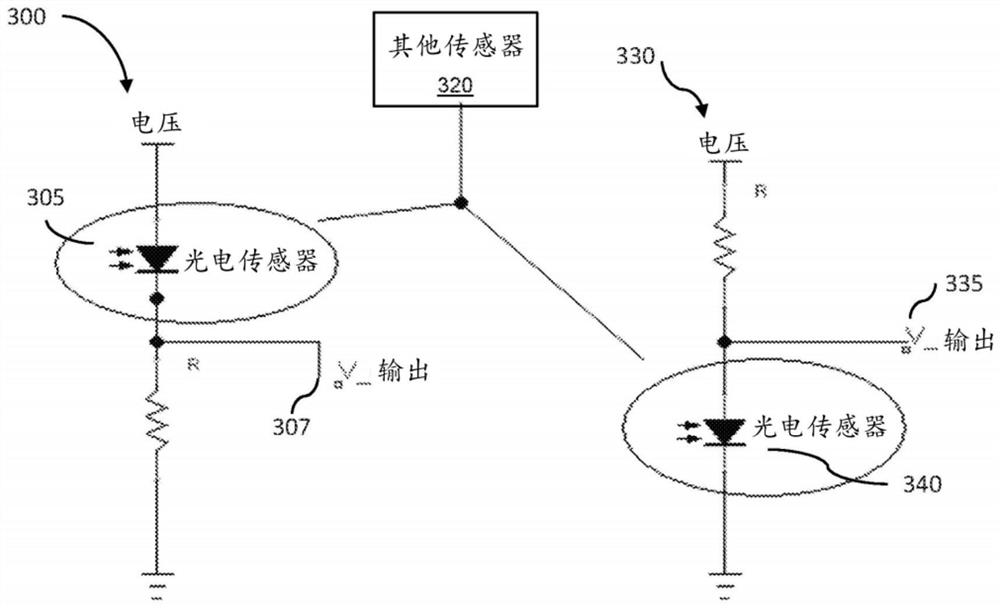System and method to maintain health using personal digital phenotypes
A data and data flow technology, applied in the system field, can solve problems such as unsatisfactory disease classification
- Summary
- Abstract
- Description
- Claims
- Application Information
AI Technical Summary
Problems solved by technology
Method used
Image
Examples
Embodiment Construction
[0070] For the purposes of this disclosure, the following definitions apply:
[0071] "Associative learning" means the process of linking input data to measurable physiological or clinical outcomes. Associative learning can be iterative, enabling associations to be modified ("learned") based on patterns of change between inputs and measured outputs (physiological or clinical endpoints).
[0072] By "biological signal" is meant a signal produced by the body and which may reflect one or more body systems. For example, heart rate reflects cardiac function, autonomic tone, and other factors. See also abiotic signal.
[0073] "Biometric signal" means a signal that provides a measure of a human characteristic. Biometric identifiers can be physical or behavioral. Physiological biometrics include, but are not limited to, DNA, fingerprints or palm prints, buccal swabs, tissue or urine samples, retinal images, facial recognition, hand or foot geometry, individual irises, or identifi...
PUM
 Login to View More
Login to View More Abstract
Description
Claims
Application Information
 Login to View More
Login to View More - R&D
- Intellectual Property
- Life Sciences
- Materials
- Tech Scout
- Unparalleled Data Quality
- Higher Quality Content
- 60% Fewer Hallucinations
Browse by: Latest US Patents, China's latest patents, Technical Efficacy Thesaurus, Application Domain, Technology Topic, Popular Technical Reports.
© 2025 PatSnap. All rights reserved.Legal|Privacy policy|Modern Slavery Act Transparency Statement|Sitemap|About US| Contact US: help@patsnap.com



